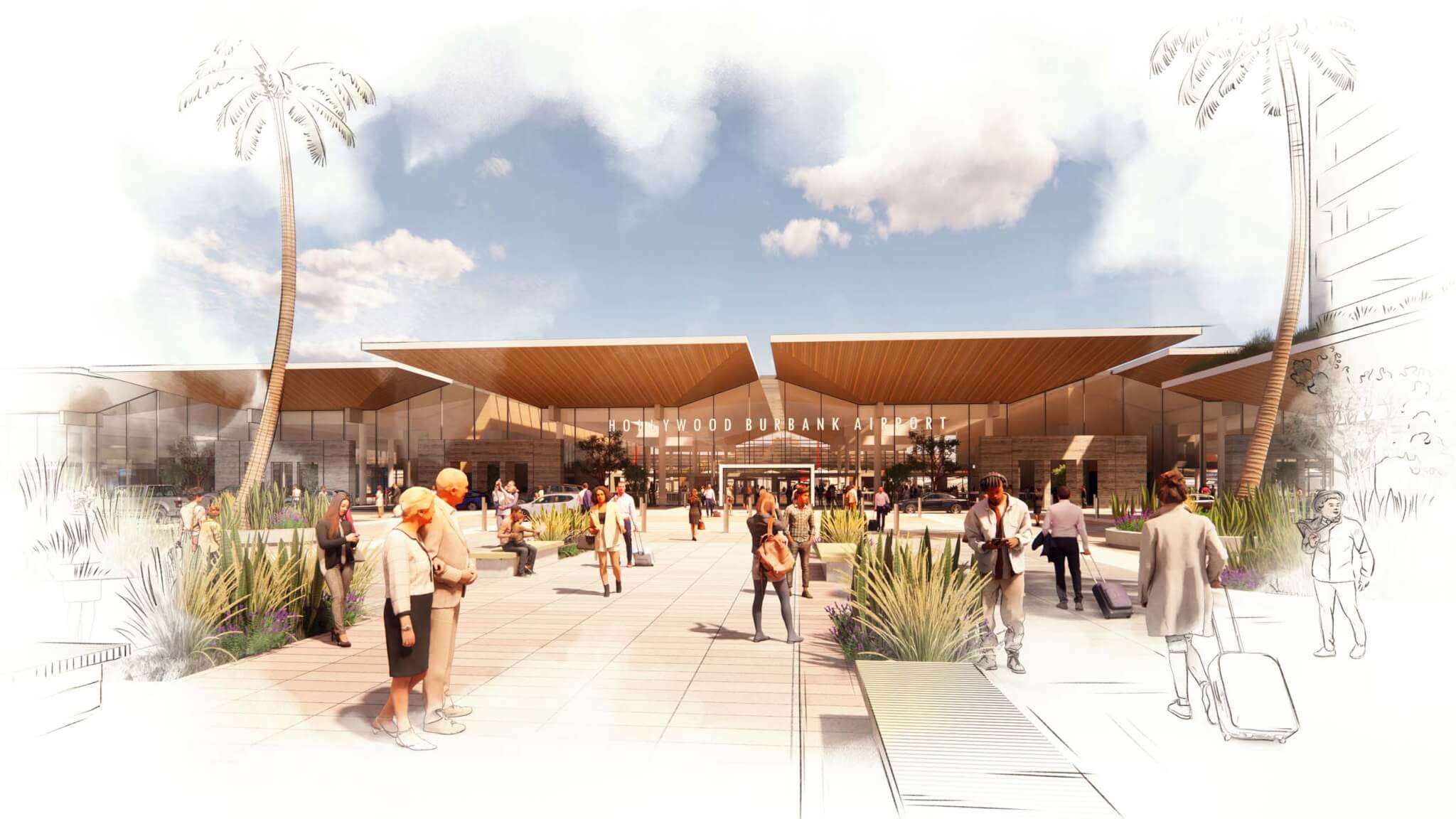Richaud Arquitectura Renovates a Colonial Home in Campeche
Casa Verde is situated within the walled enclosure of the City of San Francisco de Campeche in Mexico, a UNESCO World Heritage Site since 1999. Studio Richaud Arquitectura’s renovation of this colonial house illustrates how thoughtful modifications can revitalize historic structures while preserving their intrinsic character. The rescued colonial house spans 2,906.26 sqft, with a two-story construction area of 2,852.44 sqft. The name Casa Verde originates from the original hue of the facade, which the client opted to retain. The color scheme of the houses in this district is regulated by the Instituto Nacional de Antropología e Historia (INAH), ensuring compliance with a designated palette, which requires official approval for any changes.
all images by Manolo R. Solis
Renovation preserves original Casa Verde’s unique character
The first two bays of the house remain largely intact, with original wooden beams preserved and only some intermediate joists replaced. The ceilings dating back to the eighteenth century and the original pasta floors in these bays were also retained, showcasing intricate colorful designs and patterns. The walls in this section underwent complete restoration using an oxical-based mixture that provides a natural, unpainted finish. Studio Richaud Arquitectura’s approach not only protects the original masonry walls from moisture but also introduces a neutral color palette that contrasts with the vibrant pasta floors.
The third bay was modified to facilitate the transition between the historic structure and the new contemporary annex. This transition is achieved in two phases. The first occurs through the kitchen, connecting to a spacious social area housed in a bay with preserved low ceilings. In this space, the original pasta floors have been replaced with new green tiles, reflecting the house’s name. These tiles serve as a smooth transition to the white polished cement floors of the annex.
Richaud Arquitectura’s renovation preserves the colonial character while updating the structure for modern use
Richaud Arquitectura’s Casa Verde Blends Past and Present
The second phase of the transition involves a landscaped portico that leads to a segmented body of water, which functions as a hallway between exposed masonry walls. This feature creates a natural oasis connecting the master bedroom to the pool area and the garden. The annex, designed as a large social space, recalls the scale of colonial mansions, featuring a height of over four meters in its larger areas. A series of porticoes evoke the central courtyards typical of the era, characterized by portals. The choice of monochromatic finishes throughout the annex—utilizing white concrete, cement pastes, and chukum—contrasts with the colorful floors of the historic section while mimicking the interior walls treated with oxical.
Exposed masonry walls delineate the boundary between the historic structure and the contemporary annex, allowing for a clear distinction between the two phases of the design. Access to the secondary bedrooms requires traversing various spatial scales within the house, visually representing the transition from the entryway to the first bay. Monolithic spiral concrete staircases, inspired by architect Juan O’Gorman, provide access to the bedrooms, where the monochromatic design of the annex continues, harmonizing the historical essence with modern living. Casa Verde exemplifies the merging of past and present, honoring the memory of a city that conveys its narrative through its streets and buildings.
restored walls use an oxical-based finish to protect masonry and introduce a neutral tone
porticoes in the annex evoke traditional central courtyards, enhancing the flow of space




